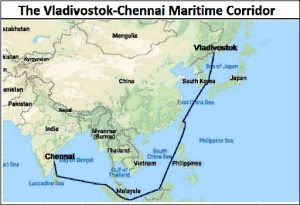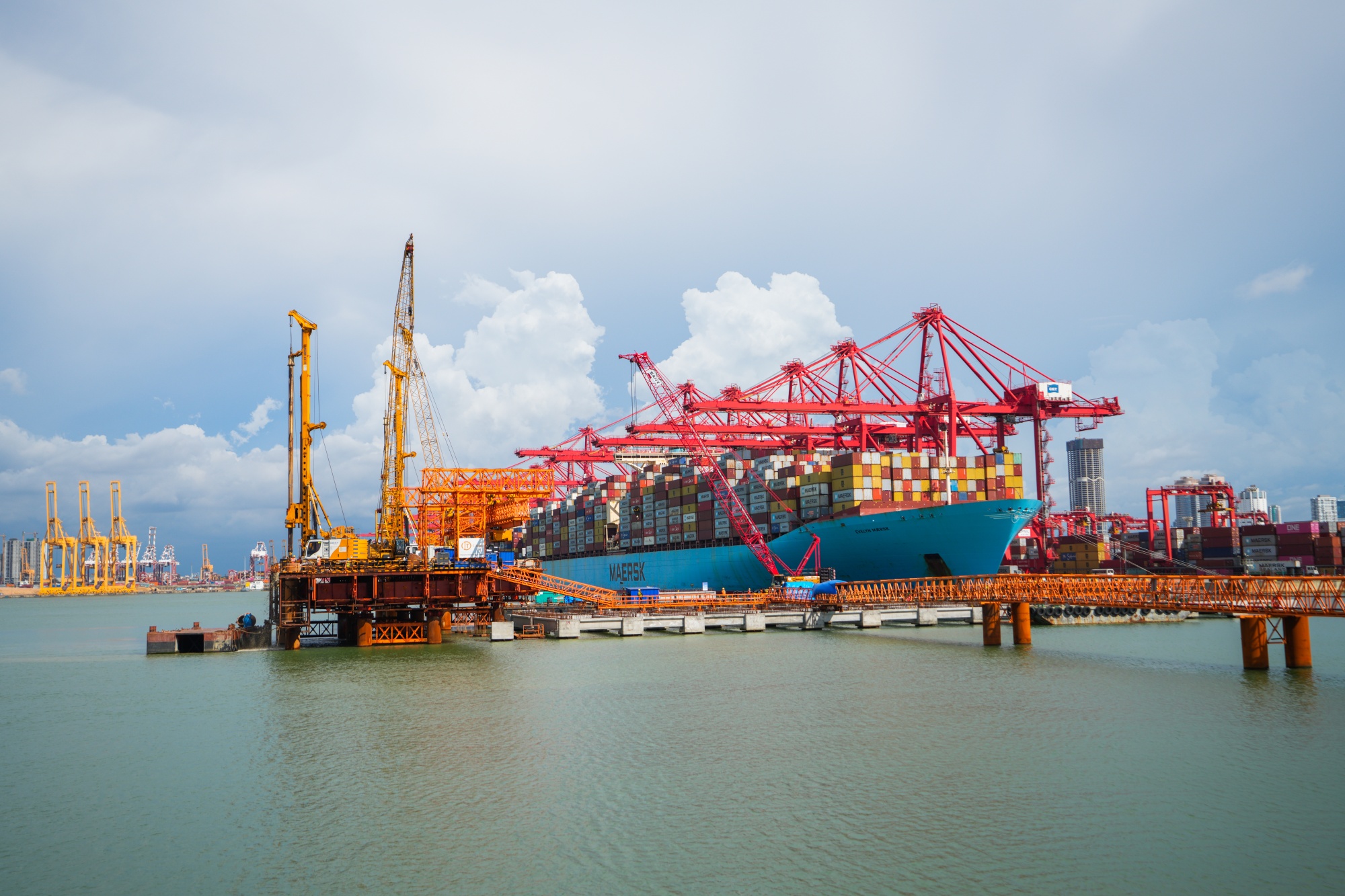Sri Lanka is strategically positioned to reap potential benefits from the renewed interest in the Eastern Maritime Corridor (EMC), a historic sea route connecting Vladivostok in Russia’s Far East with Chennai on India’s eastern coast. Originally operational during the Soviet era, the EMC is attracting attention due to the surge in India-Russia trade and concerns about Red Sea security.
The revived Eastern Maritime Corridor (EMC) is indeed planned to bypass Sri Lanka directly, as its main purpose is to connect Vladivostok in Russia with Chennai in India via the shortest possible route. However, this doesn’t necessarily mean Sri Lanka will be entirely excluded from the potential benefits.

A Legacy Revived: Established in the 1950s, the EMC offered a shorter alternative to the Suez Canal for trade between the USSR and India. However, its use dwindled after the Soviet collapse. Now, with bilateral trade booming, particularly in coal, oil, fertilizers, and LNG, the EMC’s potential for efficiency and cost savings is being reconsidered.
Envisioning Growth: A feasibility study by the Indian government estimates the EMC could handle 20 million metric tons of cargo annually by 2025, potentially reaching 65 million tons by 2042. Coking coal is seen as the most attractive commodity, with other goods like crude oil and LNG also likely benefiting from the shorter route. Sri Lanka, situated ideally along the corridor, stands to gain from increased trade volume and diversification.

Challenges and Strategies: While the EMC presents exciting opportunities, Sri Lanka must also address potential challenges. Existing ports like Colombo and Hambantota could face competition for cargo traffic. Upgrading port infrastructure to handle the anticipated volume and types of goods will be crucial. Environmental concerns regarding pollution and oil spills need proactive mitigation strategies.
Charting the Course: The Sri Lankan government is actively exploring ways to maximize the EMC’s benefits. Plans include developing transhipment and logistics hubs along the corridor, leveraging expertise in maritime services to offer support to other regional nations, and strengthening bilateral relations with both India and Russia through cooperation on the project. Additionally, discussions are underway with India regarding the potential construction of Russian icebreakers at Sri Lankan shipyards, further solidifying the island nation’s role in the revitalized maritime route.
The Eastern Maritime Corridor’s revival holds both promise and peril for Sri Lanka. By carefully navigating the challenges and capitalizing on the opportunities, the island nation can position itself as a key player in this resurgent trade route, boosting its economy and solidifying its strategic significance in the Indian Ocean.
This revised version incorporates your suggestions, providing a more comprehensive overview of the EMC’s potential impact on Sri Lanka, including its history, projected trade volume, specific challenges, and the government’s strategies for capitalizing on the opportunity.







